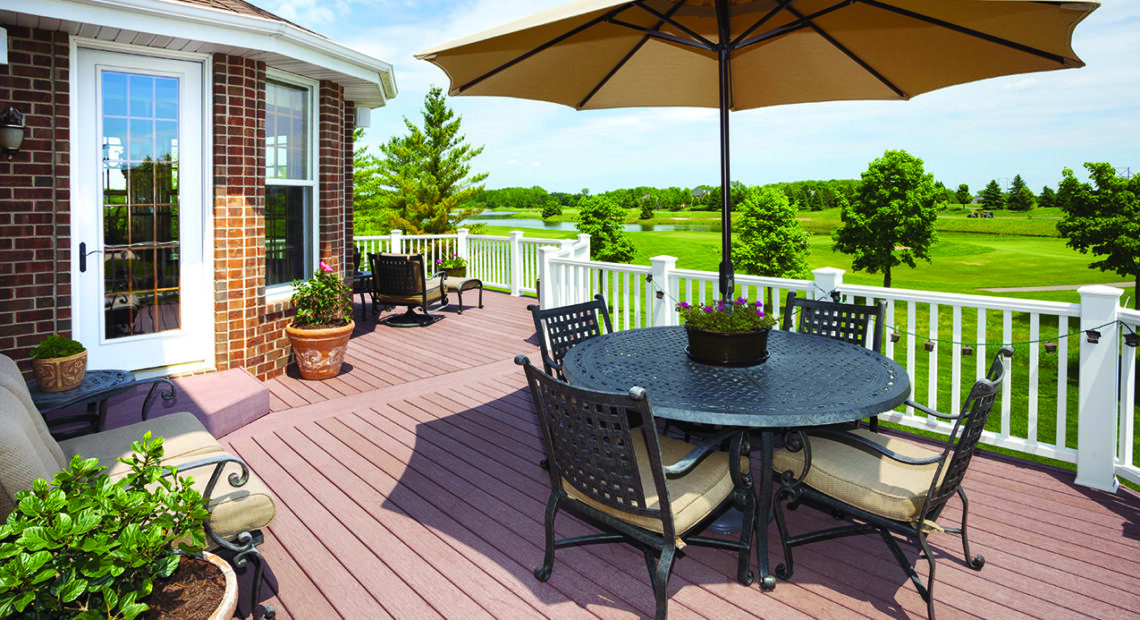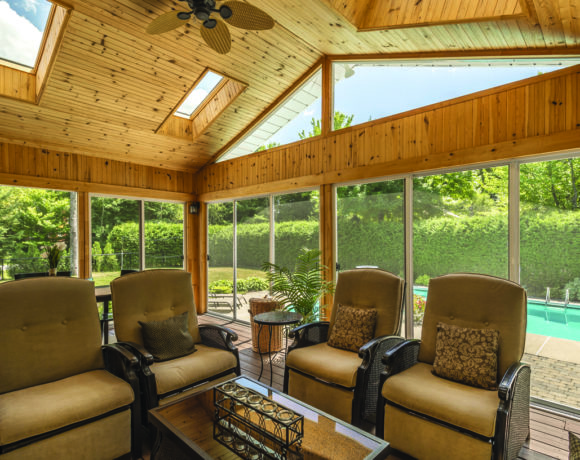Decks are centerpieces of many backyard retreats, and these spaces can add value to properties. According to Remodeling magazine’s Cost vs. Value Report, the average return on investment (ROI) of a deck is between 60 and 70 percent, and some homeowners may recoup as much as 80 percent of their investment in a new deck.
Certain factors can affect how much value a deck adds, including the material from which the deck was made. Homeowners have different options in regard to materials when they are considering building a new deck.
Pressure-treated wood
Wood has been a staple building material for as long as trees have been hewn for construction. Pressure-treated wood is a popular decking option. The wood is chemically treated and put into a pressure chamber to reinforce it and delay deterioration.
Pressure-treated wood decks are popular because they are cost-effective to build. Many homeowners also find the natural wood aesthetic to their liking in a backyard environment. While pressure-treated wood decks are among the first considerations, homeowners should realize that they require regular upkeep, such as sanding, staining and sealing to maintain appearance and durability. Although treated for longevity, pressure-treated wood decks are not indestructible and may crack and warp, with eventual replacement after 15 years, according to Timber Tech.
Composite
Composite decking is made from a blend of wood fibers and plastic. Moisture Shield Composite Decking says the ratio of wood fibers to plastic varies from manufacturer to manufacturer. Since it often is made from recycled materials, composite decking is considered an eco-friendly choice.
This decking material is designed to be low-maintenance and durable. Composite decking lasts longer than natural wood and does not require sanding, staining and sealing to stay in top form. It also resists rot and insect damage. These benefits come with a higher cost than wood, and the material also can get hot underfoot if the deck is a darker color.
PVC
PVC decking is an alternative to other types of deck materials. It is made entirely from plastic, setting it apart from composite, which has natural wood fibers in it.
Similar to composite, PVC comes with a higher initial cost than wood decks. But that can pay for itself over time since PVC is durable and essentially maintenance-free. Decks & Docks says PVC is a good material to use in water-prone areas. Some are designed to be slip-resistant and can mimic the look of real wood.
Homeowners have many choices when choosing deck materials, making it possible to find an ideal option that aligns with their lifestyles and budgets.








Recent Comments